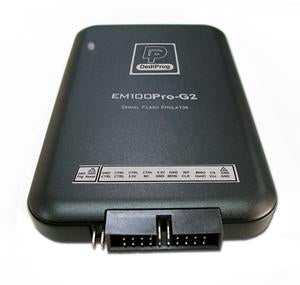





3.2GHz Network Analyzer
Protek A333 has been designed to ensure and evaluate successful development, testing and manufacturing of various electronic devices in telecommunication, medical, automotive and RF component industries. The A333 provides accurate and fast measurement, user friendly remote control interface.
- Frequency Range: 300kHz - 3.2GHz
- Measurement Range: 55 to +10dbm
- LCD: 10.4 Inch TFT Colour Touch Screen
- Interface: RS-232/USB(2)/LAN/Printer/Video/Keyboard/Mouse
- Size(WxHxD): 426x266x300 (mm)
What's included
- Main unit
- Graphical user interface
- Software CD
- Power Cord
- Manual
My AutoQuote | Easy & Fast
Easily generate and keep track of your quotes. You can also place an order based on an active quote. Both Quotes and Orders are organized for you under your account page.
More informationSpecifications
| Frequency Range | 0.3 to 3200MHz |
| Impedance | 50Ù (75Ù) |
| Test Port Connectors | N-type Female |
| Number of Test Ports | 2 |
| Frequency Accuracy | ±5 ppm |
| Frequency Resolution | 1mHz |
| Number of Test Points User-Selectable | 2 to 10001 |
| IF bandwidth settings1/1.5/2/3/5/7/10 step | 1Hz to 30kHz |
| Dynamic Range IF Bandwidth 10Hz | 2 to 3200MHz > 125dBTyp. 130dB |
Product information
| Internal hard disk drive | Store and recall instrument states, calibration data, and trace data on internal hard drive. Trace data can be saved in CSV (comma separated value) format. Instrument states include all control settings, limit lines, segment sweep tables, and memory trace data. |
| USB | Instrument states, calibration data, and trace data can be stored on an external USB drive. |
| Screen hardcopy | Printouts of instrument data are directly produced on a printer. The analyzer provides USB and parallel interfaces. |
| Familiar graphic user interface | Protek A333 provides graphic user interface based on Windows. There are three ways to operate A333 manually: a hard-key interface, a touch screen interface, mouse interface. |
| Limit lines | Defining the test limit lines that appear on the display for pass/fail testing. Defined limits may be of any combination of horizontal/sloping lines and discrete data points. |

